Mosquitoes and ticks pose significant health risks, necessitating a multi-faceted approach for control. Understanding their behaviors allows strategic interventions combining natural repellents (e.g., citronella, lavender), water source elimination, topical treatments, protective clothing, lawn care, pet treatments, and regular check-ups. Eco-friendly alternatives to chemical solutions include habitat modification, natural predators, essential oils, biological controls like Bacillus thuringiensis israelensis (Bti), and beneficial insects. Community partnerships, integrated pest management (IPM) strategies, smart technology, and innovative eco-friendly repellents contribute to sustainable mosquito and tick management while minimizing environmental impact.
“In today’s eco-conscious world, effective mosquito and tick control demands a shift towards sustainable solutions. This comprehensive guide explores green alternatives to traditional pest management, delving into behavioral insights, natural repellents, plant-based solutions, and biological controls. From understanding pest dynamics to community collaborations, we navigate the landscape of eco-friendly mosquito and tick control, empowering folks to protect their outdoor spaces naturally. Embrace innovative trends for a greener future, where peaceful backyards and open spaces thrive without harmful chemicals.”
Understanding Mosquito and Tick Behavior: Key Insights for Effective Control
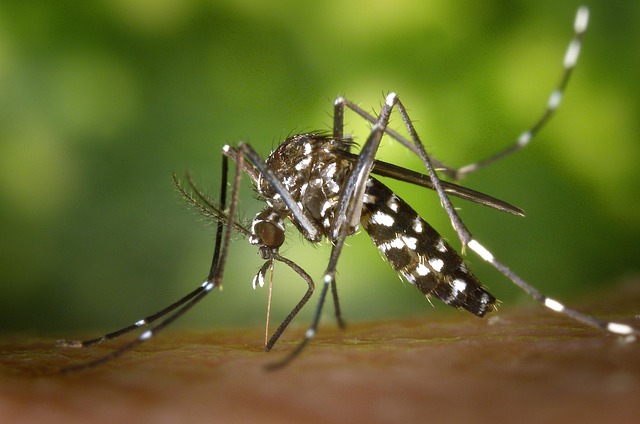
Mosquitoes and ticks are persistent pests that pose significant health risks, primarily acting as vectors for various diseases. Understanding their behavior is crucial for effective mosquito and tick control. Mosquitoes, for instance, are most active during dawn and dusk, preferring still or slowly moving water sources for breeding. They are attracted to carbon dioxide, body heat, and certain chemicals released by skin microorganisms. Ticks, on the other hand, are often found in lush vegetation and tall grass where they wait for potential hosts to pass by. They can remain dormant for extended periods, becoming active when conditions are favorable. Knowing these behaviors allows for strategic placement of repellents, elimination of breeding grounds, and reduced exposure during peak activity times.
For effective control, integrating multiple strategies is key. This includes using natural repellents like citronella or lavender, eliminating standing water where mosquitoes breed, applying topical insecticides, and wearing protective clothing when outdoors. For ticks, regular lawn care to reduce vegetation density and using tick repellents on exposed skin can significantly decrease encounters. Additionally, regular pet check-ups and proper treatment for both dogs and cats can help control the tick population as they are common vectors for various diseases.
Traditional vs Eco-Friendly Methods: A Comparative Analysis
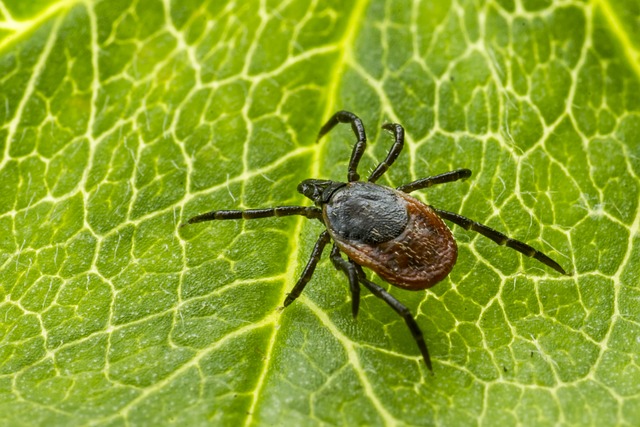
Many homeowners have traditionally relied on chemical-based mosquito and tick control methods for outdoor pest management. These solutions, while effective, often raise concerns due to their potential environmental impact and health risks. On the other hand, eco-friendly alternatives have gained popularity as a safer and more sustainable approach to managing these pesky insects.
In comparison, eco-friendly mosquito and tick control methods offer a gentler, yet still effective, strategy. Natural repellents like citronella, lavender, and peppermint oils can deter mosquitoes, while ticks are effectively managed through habitat modification and the introduction of natural predators. These solutions not only reduce chemical exposure but also promote biodiversity by encouraging beneficial insects and animals in your yard, ultimately creating a healthier ecosystem.
Natural Repellents and Their Efficacy in Mosquito and Tick Management
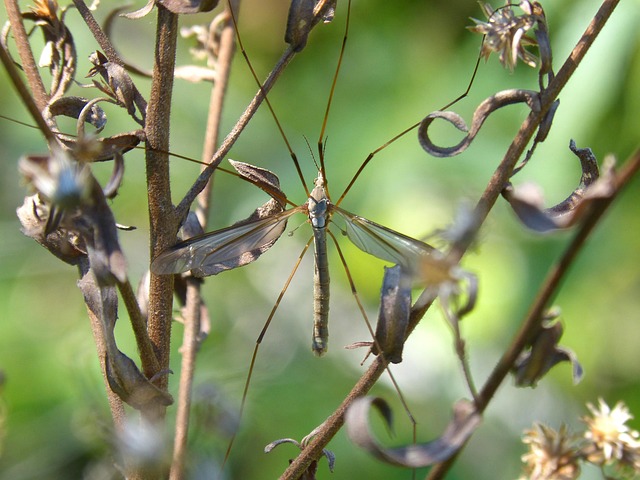
Natural repellents have gained popularity as an eco-friendly approach to mosquito and tick control, offering a safer alternative to chemical-based solutions. These natural substances can be derived from plants, essential oils, or other organic sources and are known for their effectiveness in keeping these pests at bay without causing harm to humans, pets, or the environment. One of the most well-known natural repellents is citronella, often used in candles and sprays. It has been shown to repel mosquitoes when applied topically or used in ambient forms, making it a popular choice for outdoor activities.
Beyond citronella, other essential oils like lemon eucalyptus, lavender, and peppermint have proven to be potent mosquito and tick deterrents. These oils contain unique compounds that disrupt the pests’ sensory systems, making them less attracted to the host. This natural approach not only reduces exposure to potentially harmful chemicals but also supports a more sustainable and holistic method of pest management, especially in residential areas, gardens, and outdoor recreational spaces.
Utilizing Plant-Based Solutions for Sustainable Pest Control
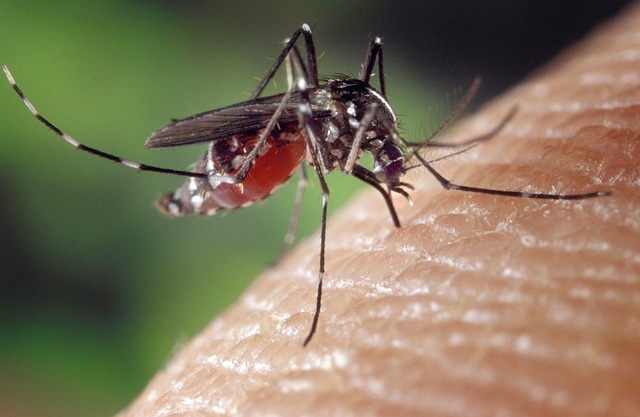
In the quest for sustainable mosquito and tick control, turning to nature offers a refreshing approach. Plant-based solutions have emerged as eco-friendly alternatives, harnessing the power of botanicals to repel and eliminate these pests. Essential oils from various plants, such as citronella, lavender, and peppermint, possess natural insecticidal properties, making them effective yet gentle on the environment. These oils can be incorporated into candles, sprays, or garden plants to create a protective barrier against mosquito and tick bites.
By choosing plant-based methods, individuals and communities can contribute to a greener ecosystem while enjoying outdoor activities without the fear of harmful chemicals. This approach not only reduces environmental impact but also promotes biodiversity by avoiding toxic pesticides that might disrupt local ecosystems. With their versatility and safety, plant-based solutions provide a sustainable and natural way to manage mosquito and tick control, ensuring a healthier and more balanced environment for all.
The Role of Biological Controls in Reducing Mosquito and Tick Populations
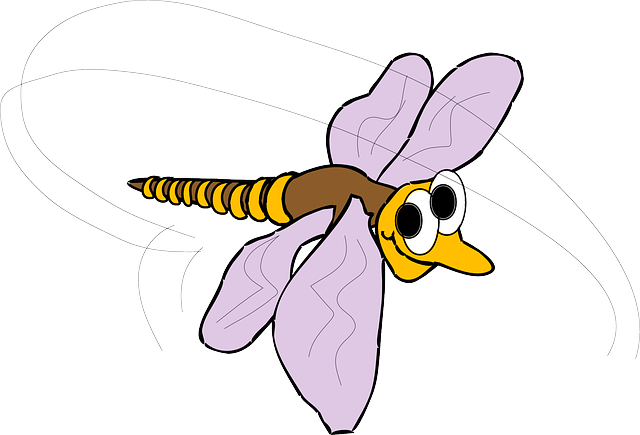
Biological controls play a vital role in eco-friendly mosquito and tick control methods. These natural predators, such as bacteria, viruses, fungi, and certain insects, can significantly reduce pest populations while minimizing environmental impact. For instance, Bacillus thuringiensis israelensis (Bti) is a bacterium that targets mosquito larvae by affecting their digestive system, providing an effective and safe solution for water-borne mosquitoes. Similarly, beneficial insects like dragonflies and damselflies feed on mosquitoes, helping to control their numbers in natural habitats.
Integrating biological controls into pest management strategies offers a sustainable approach to mosquito and tick control. By harnessing the power of nature, these methods disrupt the life cycles of pests without resorting to harmful chemicals. As a result, they contribute to a healthier ecosystem while ensuring human safety from mosquito-borne diseases and tick bites. This eco-friendly approach is especially beneficial in areas with high biodiversity, where chemical interventions could cause unintended ecological damage.
Eco-Conscious Outdoor Practices to Deter Pests Naturally
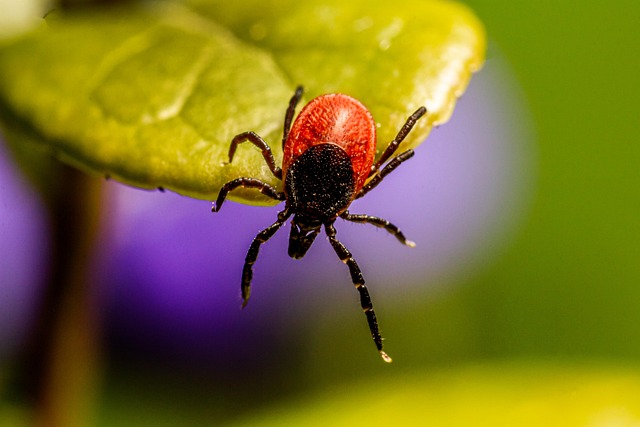
In today’s eco-conscious world, there are numerous natural ways to deter mosquitoes and ticks from your outdoor spaces without resorting to harmful chemicals. One effective practice is maintaining a well-trimmed lawn and removing standing water, as these habitats are ideal for pest breeding. Planting citronella, lavender, marigolds, and catnip around your property can also act as natural repellents due to their strong scents that pests dislike. Additionally, introducing beneficial insects like dragonflies and ladybugs can help control mosquito populations as they feed on the very pests you’re trying to avoid.
Creating a barrier using physical means is another layer of defense. Installing screens on doors and windows keeps them at bay during outdoor gatherings. For gardens, consider elevated beds or containers with mesh covers to protect your plants while still allowing for healthy growth. These eco-friendly mosquito and tick control methods not only promote a healthier environment but also encourage a more sustainable approach to enjoying the outdoors without unwanted guests.
Community Initiatives: Collaborating for Effective, Green Mosquito and Tick Control
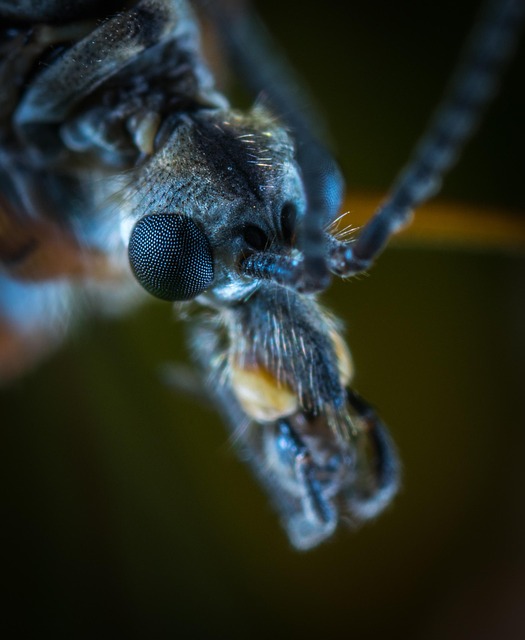
In many communities, collaborative efforts are emerging as a powerful tool in the fight against mosquitoes and ticks. By joining forces, residents, local governments, and environmental organizations can develop comprehensive and eco-friendly mosquito and tick control strategies. These initiatives often involve sharing resources, expertise, and best practices to create sustainable solutions that minimize environmental impact.
Community partnerships enable the implementation of integrated pest management (IPM) approaches. This involves a combination of methods like biological control (using natural predators), habitat manipulation, and targeted applications of environmentally friendly pesticides. By collaborating, communities can effectively reduce mosquito and tick populations while preserving biodiversity and promoting a healthier ecosystem.
Future Trends: Innovations in Eco-Friendly Mosquito and Tick Management
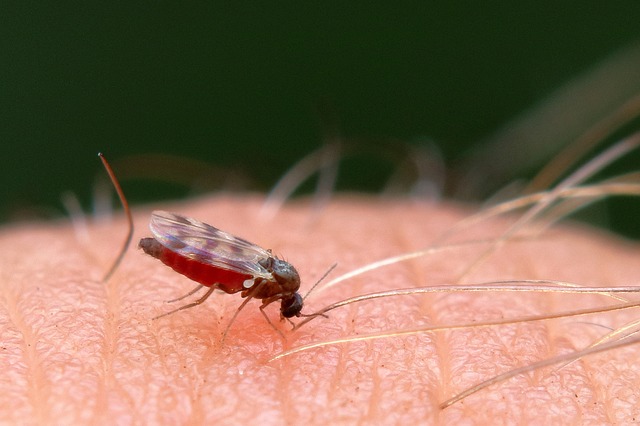
As we move forward, innovation in eco-friendly mosquito and tick management is revolutionizing the way we combat these pesky pests. Scientists and researchers are continually exploring new solutions that are both effective and sustainable. One promising trend is the development of advanced repellents derived from natural substances, offering a safer alternative to traditional chemical sprays. These organic compounds can repel mosquitoes and ticks without harming beneficial insects or the environment.
Additionally, smart technology is playing a significant role in mosquito and tick control. Sensors and monitoring systems are being utilized to track pest populations, enabling more precise and targeted interventions. Drones equipped with eco-friendly pesticides and insect growth regulators are also being deployed to reach hard-to-access areas, ensuring a more comprehensive approach to managing these vectors of disease transmission. These future trends hold immense potential for creating a more sustainable and effective ecosystem in the battle against mosquitoes and ticks.
